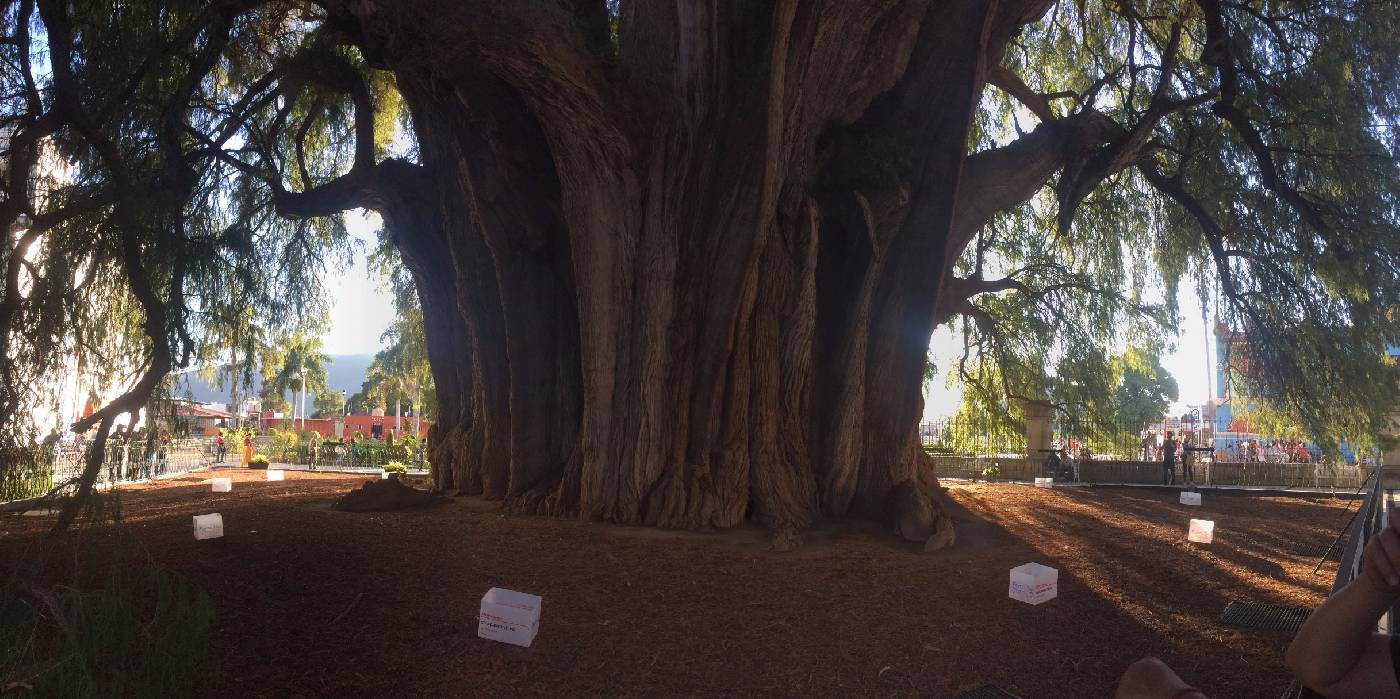- Home
- Search
- Images
- Datasets
- Sample Use
- How to Cite
- Additional Information
- About NEON
- NEON Data Portal
- ASU Biocollections
- About Symbiota
|
Family: Cupressaceae |
Trees deciduous or evergreen. Branchlets terete. Lateral roots commonly producing erect, irregularly conic to rounded 'knees' in periodically flooded habitats. Leaves alternate, in 2 ranks or not. Adult leaves divergent to strongly appressed, linear or linear-lanceolate to deltate, generally flattened, free portion to ca. 17 mm; abaxial glands absent. Pollen cones with 10--20 sporophylls, each sporophyll with 2--10 pollen sacs. Seed cones maturing and shattering in 1 season, nearly globose; scales falling early, 5--10, valvate, ± peltate, thin and woody. Seeds (1--)2 per scale, irregularly 3-angled, wingless; cotyledons 4--9. x = 11. The pollen cones are usually borne at the base of alternate leaves, forming pendent axillary panicles; they occur less commonly singly or in racemes. Taxodium is variously treated as one to three species but treated here as one polymorphic species with two varieties in the flora. A third taxon tentatively accorded varietal rank--- Taxodium distichum (Linnaeus) Richard var. mexicanum Gordon (= Taxodium mucronatum Tenore)---and recognized by some authors as occurring within our range, appears to differ only in minor phenological characters. Whether or not populations from farther south in Mexico and Guatemala differ sufficiently for formal taxonomic recognition at any rank has yet to be determined.
Male cones numerous, in drooping terminal panicles, the microsporophylls mostly 6-8; female cones on branches of the previous year, long-persistent, subglobose, the several or many scales irregularly quadrangular above, each with 2 ovules; deciduous trees with dimorphic branches, some persistent and forming axillary buds, others deciduous in autumn with their lvs. 2, the other Mexican. Gleason, Henry A. & Cronquist, Arthur J. 1991. Manual of vascular plants of northeastern United States and adjacent Canada. lxxv + 910 pp. ©The New York Botanical Garden. All rights reserved. Used by permission. |


